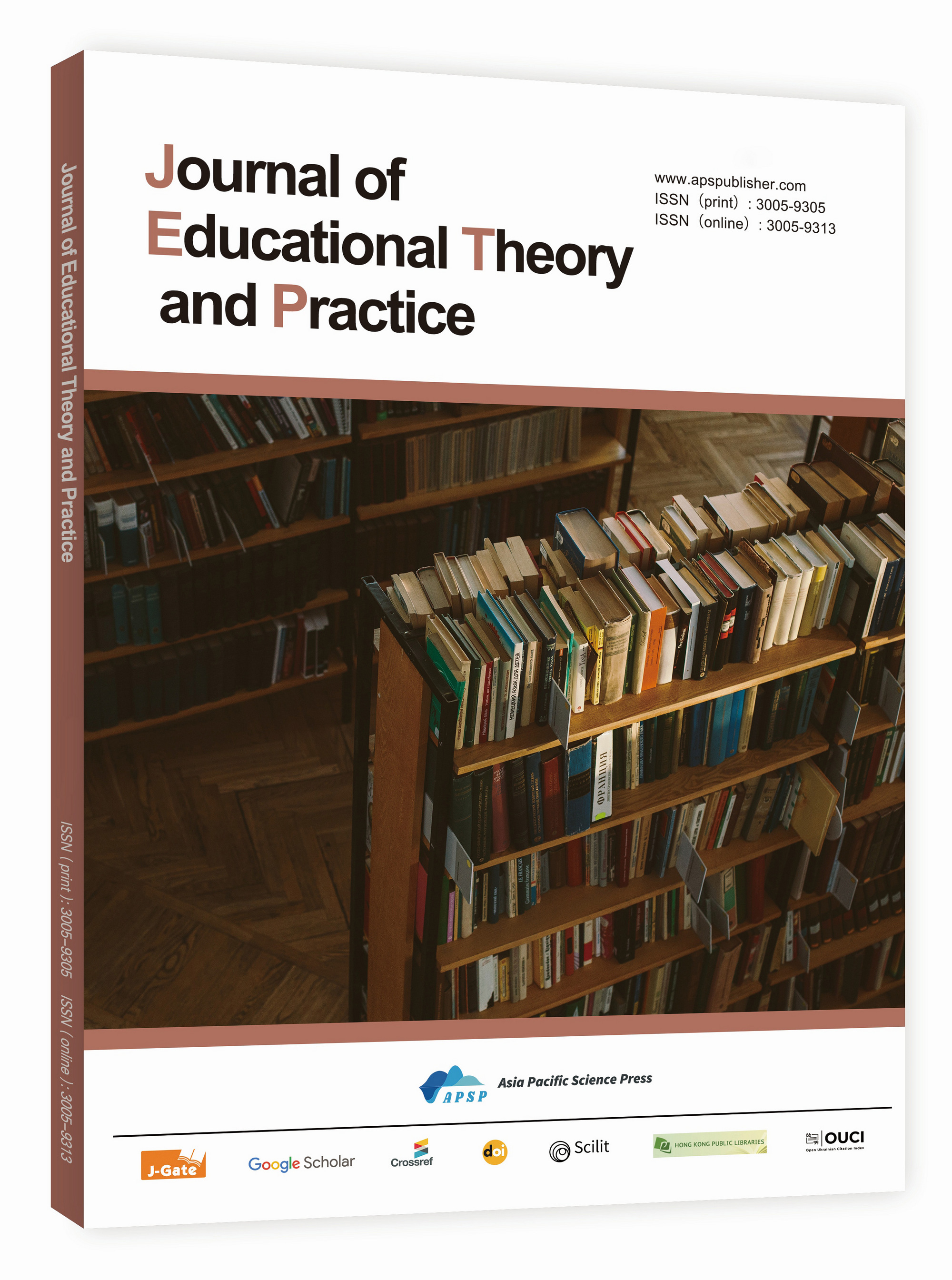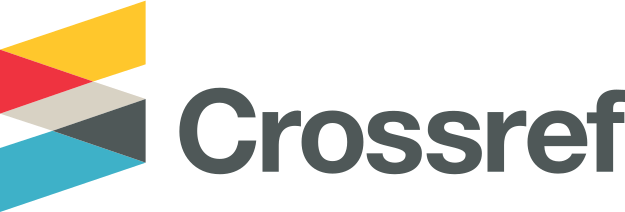Application and Practice of Student-Centered Blended Teaching in the International Settlement Course
DOI:
https://doi.org/10.62177/jetp.v2i2.228Keywords:
Blended Teaching, Student-Centered Learning, International Settlement, Curriculum Design, Outcome-Based AssessmentAbstract
This study explores the application of student-centered blended teaching in the International Settlement course, addressing the limitations of traditional instructional methods in developing practical professional competencies. By integrating online and offline learning environments, the proposed model combines flipped classroom approaches with interactive case simulations and project-based learning activities. The implementation framework emphasizes customized learning paths through digital platforms, enabling real-time feedback and adaptive content delivery tailored to diverse learner needs. Practical teaching strategies incorporate role-playing exercises simulating cross-border payment scenarios and collaborative problem-solving tasks mirroring actual trade finance operations. Results indicate enhanced student engagement in complex financial instrument analysis and improved decision-making capabilities in documentary credit operations. The research demonstrates how blended learning environments foster deeper understanding of trade compliance frameworks and multinational banking practices. Pedagogical outcomes suggest this approach effectively bridges theoretical knowledge with industry application demands, particularly in developing documentary examination skills and risk assessment competencies. Future directions highlight the necessity for ongoing optimization of digital resource integration and expanded industry-academic collaboration to maintain curriculum relevance with evolving global trade finance practices. The findings offer referential value for business education reform, particularly in cultivating applied talents capable of navigating dynamic international trade environments.
Downloads
References
Feng Xiaoying, Wang Ruixue. The core goal oriented hybrid learning design model in the "Internet plus" era [J]. China Distance Education, 2019 (7): 19-26
BOWER M, VLAC'HOPOULOS P. A. Critical Analysis of Technology-enhanced Learning Design Frameworks[M]. British Journal of Educational Technology, 2018(6)981-997.
D. Randy Garrison, Norman D Vaughn. Blended Learning Framework, Principles, and Guidance in Higher Education Teaching [M]. Ding Yan, Gao Yaping Fudan University Press, 2019
David Palfiman. Why is higher education considered "high" - Reflections on Oxford Mentorship Teaching [M]. Peking University Press, 2011: 201-202.
Lorraine Anderson. Classification of Learning, Teaching, and Evaluation: Revised Bloom Taxonomy of Educational Objectives [M]. Shanghai: East China Normal University Press, 2018
K M ARNOLD, K B MC'DERMOTT. Test-potentiated learning; Distinguishing between the direct and indirect effects of tests [J].Journal of Experimental Psychology Learning, Memory and Cognition,l3(39):940-945.
Liu Yuchunyan, Guo Jinghua. MOOC and Blended Learning Theory and Practice [M]. Tsinghua University Press, 2022
Guan Enjing. Research and Practice on the Effectiveness Evaluation of Blended Learning [M]. Tsinghua University Press, 2018
CONNOR DIEMAND-YAUMAN, DANIEI. M OPPEN-HEIMER, ERIKKA B VAIGHAN. Fortune favors the Bold: Effects of disfluency on educational outcomes-Sci-enceDirect[J]. Cognition, 2011,118(1):111-115.
Downloads
How to Cite
Issue
Section
License
Copyright (c) 2025 Jiaqi Cao

This work is licensed under a Creative Commons Attribution-NonCommercial 4.0 International License.

















